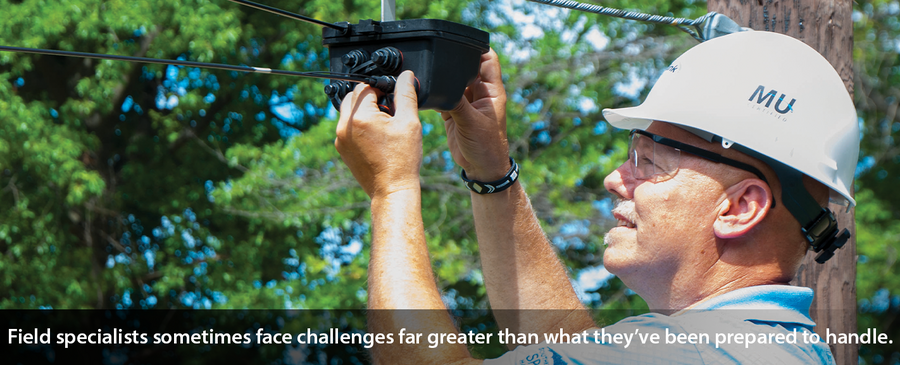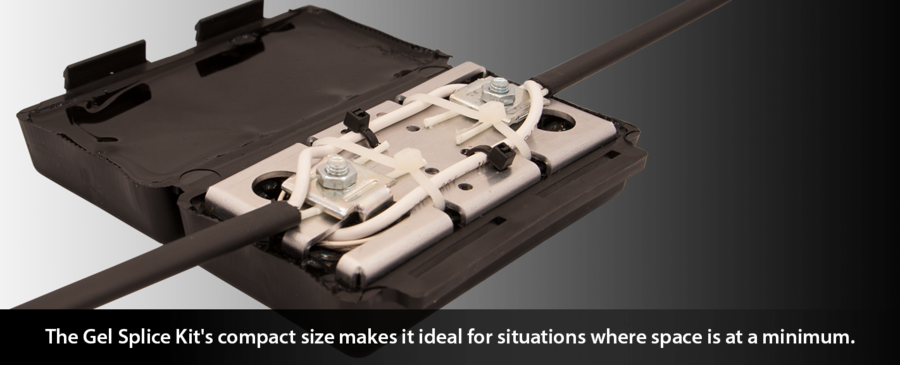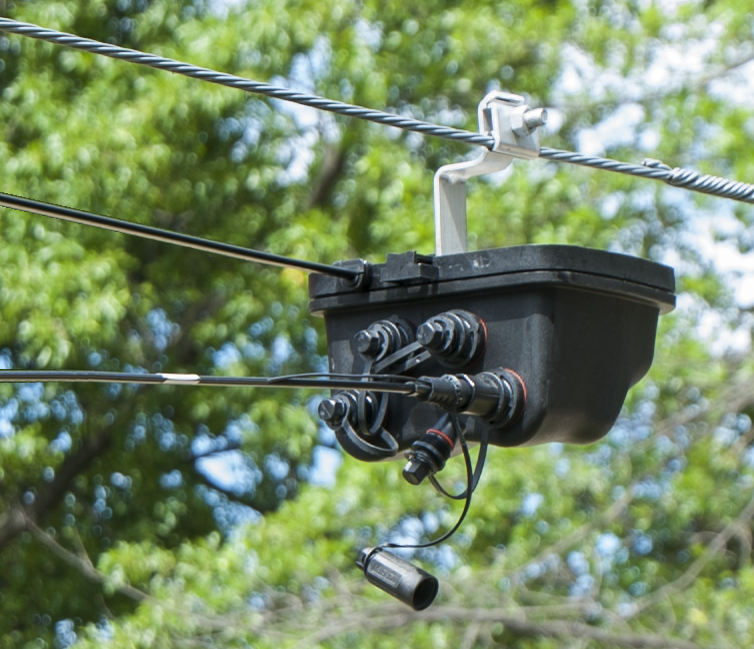{{ quickViewProduct.product_title }}
Stock ID
{{ quickViewProduct.product_stock_number }}
Product Features:
- {{ feature.product_feature_description }}
{{ option.product_option_title }}
{{ value.product_option_value_title }}
Technology in every industry has been evolving to improve user interface compatibility, breaking down barriers between devices and the people using them. The same has been happening in the world of telecommunications, making things easier for the service technicians who perform the ever-important and difficult tasks of maintaining fiber optic connections.

Subscriber convenience takes first priority, but that can lead to less-than-perfect working conditions for technicians.
Time is a valued commodity for a field specialist. They face the challenge of working against the clock to repair and restore service. Telecommunications linemen and similar technicians are required to climb, maintain and perform work on poles and towers up to 200 feet off the ground. With this in mind, new products are constantly being developed to ease the installation and repair process.
However, while installation and repair are two significant factors for technicians, the equipment they use needs to offer durability to withstand outside elements as well.
There are several solutions that engineers have explored to meet the needs of today’s technicians.
This video teaches technicians how to install H IP Field Installable Connectors in under 5 minutes.
Fiber splicing is another application that is time-consuming to perform, especially in midair, which is where splice enclosures are often mounted for convenience and fiber routing purposes. Whether a splice needs to take place on the side of a vertical tower or in an enclosure hanging from a horizontal cable, technicians have to complete a multiple-step process, which can be difficult when you’re several feet above the ground.
Between prepping cable, routing fiber, installing the splice chip and then the splicing itself, tower climbers could be in the air for several minutes to hours at a time. Traditional splice closures, while offering high splice capacities, can make the process take even longer due to their size and weight.


Featuring environmentally-protected connectors and drop assemblies, the Fiber Tap® Plus allows for the
fastest subscriber drop and maintenance speed possible.
Service technicians play a vital role in the telecommunications and fiber optics industries, handling tough jobs that require specialized training to solve unexpected problems. Why shouldn’t we devote resources to taking some of the burden off their shoulders, especially if it helps everyone save labor hours and money in the long run?
We’ve only explored a few of the options that Multilink’s product developers have designed to help linemen and other technicians stay safe while also saving time and money. Multilink’s investment in safety and our commitment to the industry ensures that we’ll be exploring further opportunities to improve technician safety and efficiency in the months and years to come.
Back to Multilog